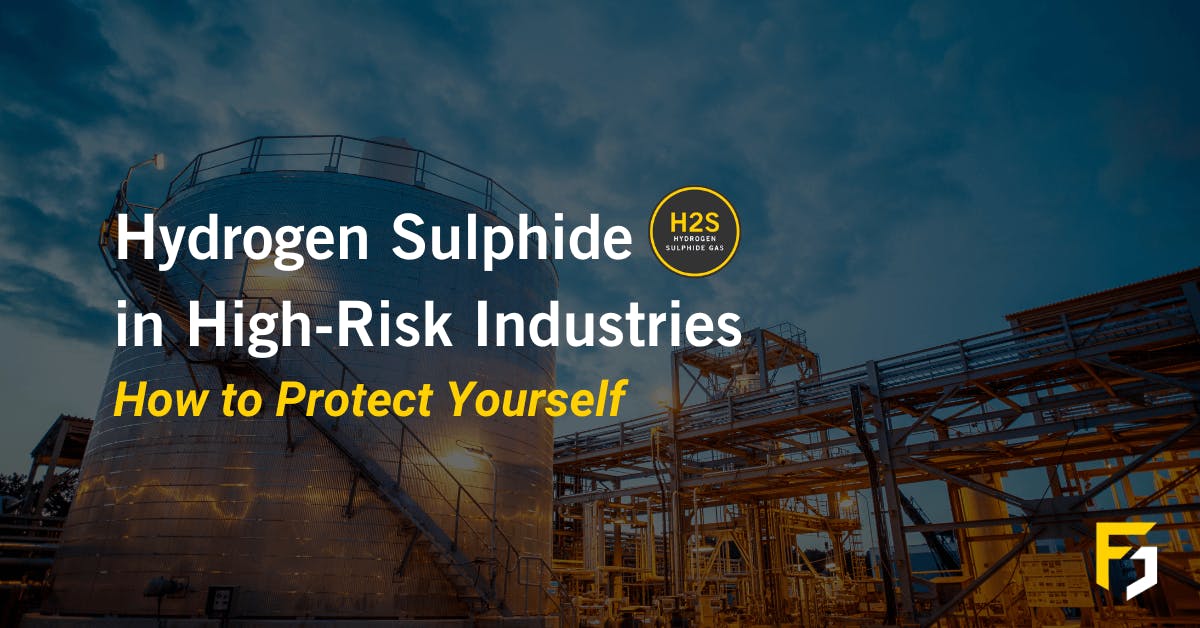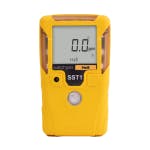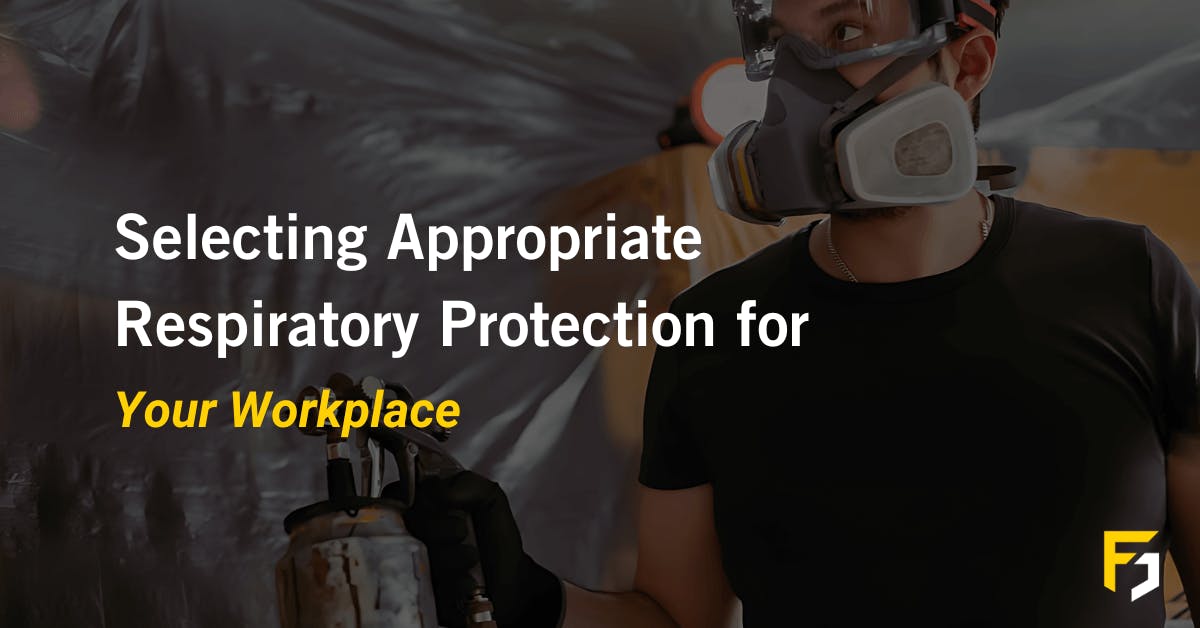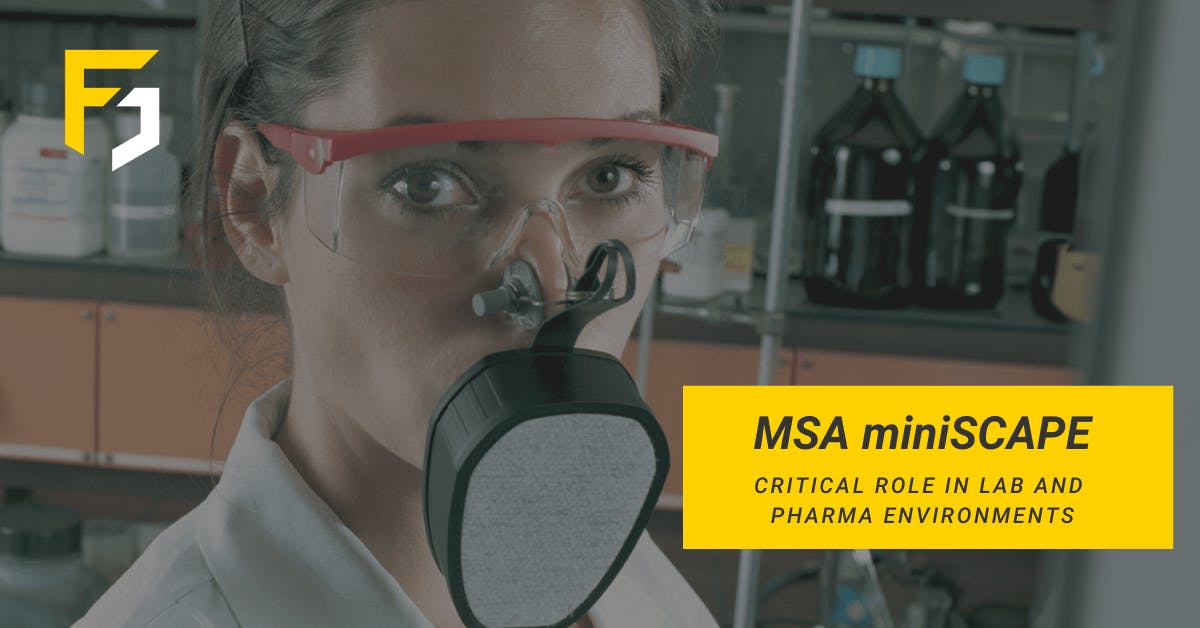
How to Protect Yourself from Hydrogen Sulphide in High-Risk Industries

Read about the dangers of hydrogen sulphide gas and how to protect yourself against it.
Hydrogen sulphide (H2S) is a colourless, flammable and highly toxic gas that can cause serious health problems or even death if inhaled. It is also known as sour gas, sewer gas, or stink damp. H2S is produced naturally by decomposing organic matter. Still, it can also be found in industrial processes, such as oil and gas extraction, pulp and paper manufacturing, wastewater treatment and mining.
What Industries Would H2S Be Present?
Some of the industries that are most exposed to H2S are:
- Oil and gas: H2S can be present in crude oil, natural gas, drilling muds and well fluids. Workers may encounter H2S during drilling, production, refining, transportation and storage operations.
- Pulp and paper: H2S can be generated during pulping, especially kraft or sulphite. Workers may be exposed to H2S during the cooking, washing, bleaching, recovery and wastewater treatment stages.
- Wastewater treatment: H2S can be formed by the anaerobic digestion of sewage sludge or organic waste. Workers may be exposed to H2S during the collection, treatment and disposal of wastewater and biosolids.
- Mining: H2S can be released from sulphide ores or coal seams during mining activities. Workers may be exposed to H2S during blasting, drilling, crushing, milling, smelting and refining operations.
H2S is a silent killer that can affect the respiratory, nervous, and cardiovascular systems. Some of the symptoms of H2S exposure are:
- Eye irritation, conjunctivitis and corneal damage
- Coughing, wheezing, shortness of breath and pulmonary oedema
- Headache, dizziness, nausea and loss of consciousness
- Confusion, memory loss, seizures and coma
- Cardiac arrhythmia, hypotension and cardiac arrest
Protection Against Hydrogen Sulphide
The only way to protect yourself from H2S is to use proper personal protective equipment (PPE) and gas detection devices. Some of the PPE that you need are:
- Respiratory protection: Depending on the concentration of H2S in the air, you may need a self-contained breathing apparatus (SCBA), an air-purifying respirator (APR) or a supplied-air respirator (SAR). When using respiratory protection, you should always follow the manufacturer's instructions and the occupational health and safety regulations.
- Eye protection: You should wear safety goggles or glasses to prevent eye contact with H2S. You should also avoid wearing contact lenses, which may trap H2S vapours and cause eye damage.
- Skin protection: You should wear gloves, boots and clothing resistant to H2S penetration. You should also avoid wearing jewellery or metal objects that may react with H2S and cause skin irritation or burns.
- Hearing protection: You should wear ear plugs or muffs to protect your hearing from loud noises during H2S-related incidents.
In a recent demo for a customer, we were required to utilise the below protection shown in the image.

Frontline Safety is committed to providing the best products and services to help you stay safe from H2S hazards. We offer various gas detection devices, such as portable gas monitors, fixed gas detectors, wireless gas networks and gas detection systems. We also provide a variety of respiratory protection equipment, such as SCBA, APR and SAR. Our team of experts can assist you with product selection, installation, maintenance and training.
If you want to learn more about how Frontline Safety can help you protect yourself from H2S in high-risk industries, please visit our website or contact us today. We are here to help you work safely and efficiently.











